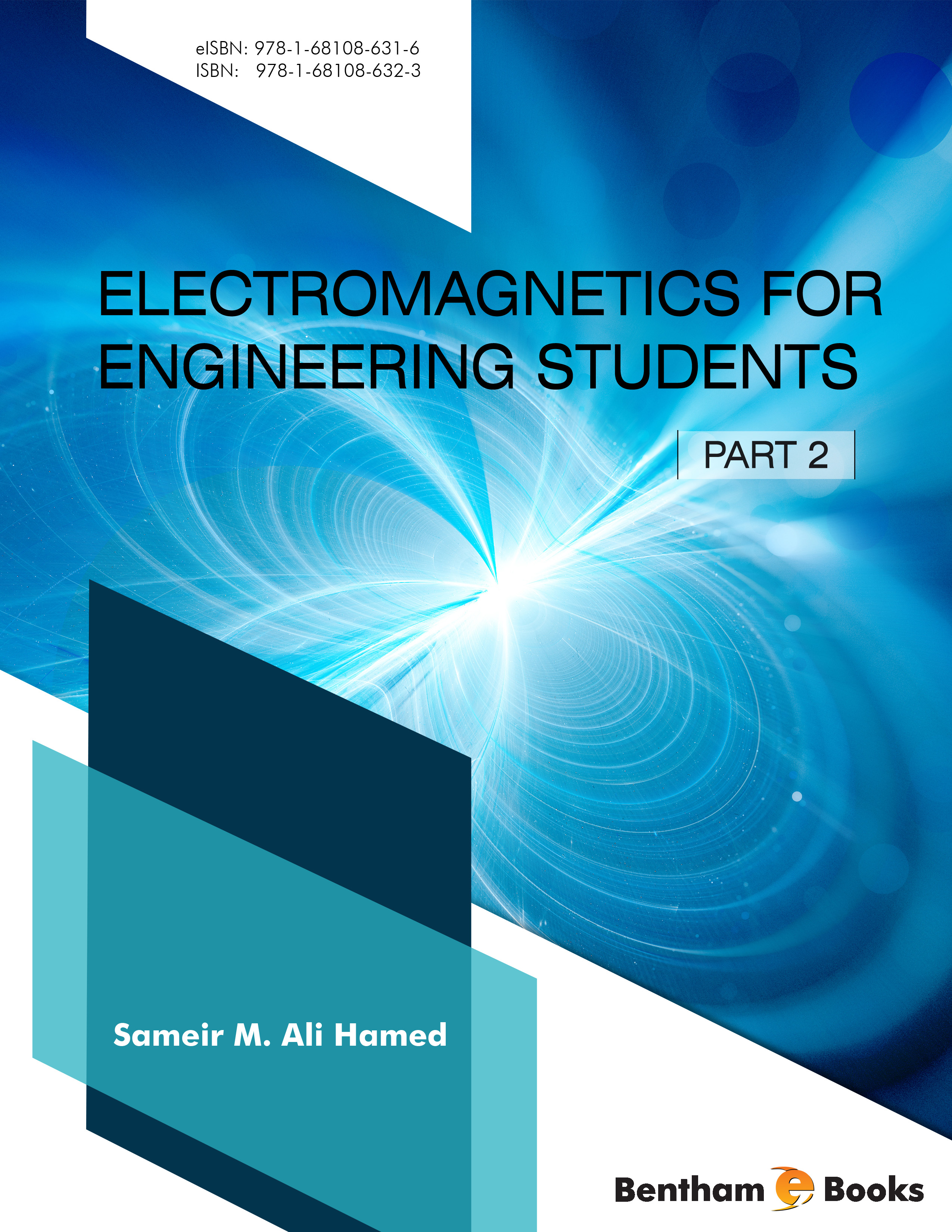Introduction
Electromagmetics for Engineering Students is a textbook in two parts, Part I and II, that cover all topics of electromagnetics needed for undergraduate students from vector analysis to antenna principles. In both parts of the book, the topics are presented in sufficient details such that the students will follow the analytical development easily. Each chapter is supported by many illustrative examples, solved problems, and the end of chapter problems to explain the principles of the topics and enhance the knowledge of the student. There are a total of 681 problems in the both parts of the book as follows: 162 illustrative examples, 88 solved problems, and 431 end of chapter problems.
This part is a continuation of Part I and focuses on the application of Maxwell's equations and the concepts that are covered in Part I to analyze the characteristics of wave propagation in half-space and bounded media including metamaterials. Moreover, a chapter has been devoted to the topic of antennas to provide readers with the fundamental concepts related to antenna engineering.
The key features of this part:
- -
In addition to the coverage of classical topics in electromagnetic normally covered in the similar available texts, this part of the book adds some advanced concepts and topics such as:
- - Application of multi-pole expansion for vector potentials.
- - More detailed analysis for the topic of waveguides including circular waveguides.
- - Refraction through metamaterials and the concept of negative refractive index.
- - Detailed and easy-to follow presentation of mathematical analyses and problems.
- - An appendix of mathematical formulae and functions.

